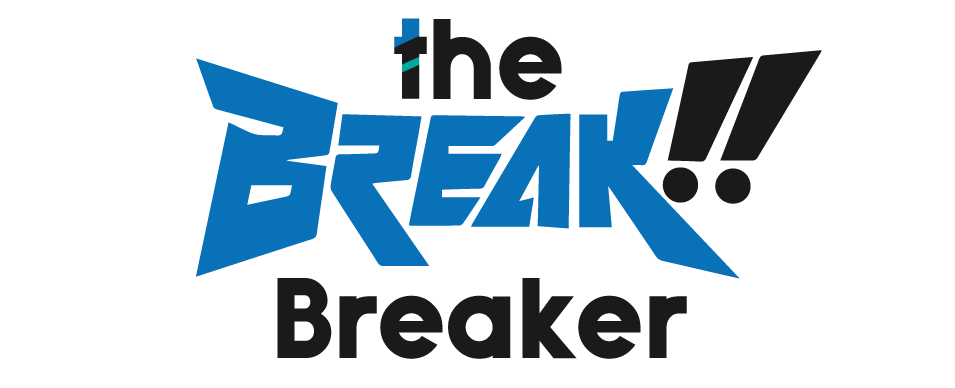
Simplifying Medical Records: The Progress of Remote Medical Scribes
Medical documentation is critical in healthcare settings, serving as the backbone for delivering quality patient care, ensuring accurate diagnosis, and facilitating smooth communication among healthcare providers. Yet, documenting patient encounters can often take time and effort for medical professionals, detracting from the primary task of patient care. This is where the concept of remote medical scribes comes into play, revolutionizing the landscape of medical documentation.
The Challenge of Medical Records
Medical practitioners, particularly physicians, face the daunting task of managing a dual commitment—providing empathetic patient care while keeping up with the extensive documentation required by healthcare regulations. This documentation includes patient histories, diagnostic procedures, treatment plans, and detailed notes from consultations. The traditional method of handling these tasks often involves physicians spending long hours after clinical hours updating medical records, which contributes to burnout and reduced job satisfaction.
The Evolution of the Medical Scribe
The medical scribe’s role has traditionally been to assist physicians by documenting patient encounters in real-time, thus alleviating the documentation burden on the healthcare provider. Initially, medical scribes worked side-by-side with physicians, recording patient information, updating electronic health records (EHRs), and performing clerical tasks. However, the possibility of remote medical scribing has emerged with technological advances and the advent of secure, high-speed internet connections.
What is a Remote Medical Scribe?
A remote medical scribe performs the same functions as a traditional medical scribe but from a location away from the healthcare facility. This could be a home office, a dedicated scribing service center, or any remote location with a reliable internet connection. Remote medical scribes are connected to the healthcare facility’s EHR system and often participate in patient visits via a secured audio or video link, allowing them to document in real-time as the consultation occurs.
Read also: Medical Video Production: Utilizing Surgical Procedure Videos In Training Programs
Benefits of Remote Medical Scribes
Increased Efficiency
One of the primary advantages of remote medical scribes is the efficiency they bring to the documentation process. By relying on remote scribes, physicians can focus solely on patient care during consultations, knowing that the documentation is being accurately managed in the background. This shift enhances the physician’s productivity and ensures patient records are updated promptly and comprehensively.
Cost-Effectiveness
Employing remote medical scribes can be more cost-effective compared to hiring in-person scribes. Institutions do not need to provide physical workspaces, supplies, or other in-house support for remote scribes. In addition, the remote model opens opportunities to hire qualified scribes from regions with lower living costs, making it financially feasible for healthcare providers.
Flexibility
Remote medical scribes offer greater flexibility in staffing. Healthcare providers can access a broader pool of scribing talents without geographical limitations. This is particularly beneficial for facilities located in rural or underserved areas where it may be challenging to attract qualified scribes.
Enhanced Work-Life Balance for Physicians
Physicians can maintain a better work-life balance by offloading the documentation tasks to remote scribes. The reduced administrative burden allows them to spend more time with their families and pursue personal interests, which can significantly decrease the rates of burnout and improve overall job satisfaction.
Implementing Remote Medical Scribes
Integrating remote medical scribes into a healthcare setting requires careful planning and adoption of best practices. Here are a few critical considerations:
Choosing the Right Technology
Implementing remote medical scribes necessitates robust technology solutions. Healthcare facilities must ensure their EHR systems are compatible with remote access and maintain secure, encrypted connections to protect patient confidentiality. Many providers utilize specialized software that facilitates real-time physician and remote scribe collaboration.
Training and Orientation
To ensure seamless integration, both physicians and remote scribes must undergo comprehensive training. Physicians need to become comfortable with the presence of a remote scribe and adapt their workflow accordingly. At the same time, scribes must be trained on the specific EHR system in use, medical terminologies, and the facility’s documentation protocols.
Developing Clear Protocols
Clear protocols and guidelines should be established to determine remote scribes’ scope of work and responsibilities. This includes setting standards for note-taking, the timing of documentation, and procedures for handling sensitive patient information. Well-defined role clarity helps prevent miscommunications and ensures that both parties work harmoniously.
Read also: Innovative Sofa Bed for Effortless Living and Sleeping Solutions
Overcoming Potential Challenges
Data Security and Privacy
The widespread use of remote medical scribes raises concerns regarding data security and patient privacy. Healthcare providers must comply with regulations like the Health Insurance Portability and Accountability Act (HIPAA) in the U.S., which outlines stringent requirements for protecting patient information. This involves implementing secure communication channels, regular audits, and continuous monitoring to safeguard EHR systems against potential breaches.
Quality Control
Maintaining the quality of documentation is another challenge for remote medical scribes. Continuous quality assurance checks are necessary to ensure that the accuracy and integrity of medical records are upheld. This may involve regular reviews of scribes’ notes, feedback sessions, and performance evaluations.
Building Trust and Rapport
Building rapport between physicians and remote scribes takes time and effort. Since remote scribes are not physically present, healthcare providers may initially find it challenging to establish a sense of trust and communication. However, consistent interaction and understanding of mutual goals can foster strong working relationships over time.
The Future of Remote Medical Scribing
The future of remote medical scribing looks promising, driven by ongoing technological advancements and the evolving needs of the healthcare industry. As remote work becomes increasingly normalized across sectors, the adoption of remote medical scribes is expected to rise.
Telemedicine Integration
The growth of telemedicine provides an ideal breeding ground for remote medical scribing. As more consultations and follow-ups are conducted via telehealth platforms, remote scribes become naturally integrated into the process, providing real-time documentation support during virtual visits.
Specialization and Training
We anticipate greater specialization among remote medical scribes, driven by the need for expertise in various medical fields. Comprehensive training programs and certifications will become more prevalent, ensuring that scribes possess the requisite skills and knowledge for their healthcare settings.
Increased Demand
As the benefits of remote medical scribes become more evident, demand for their services is likely to increase. Small practices, large hospitals, and specialized clinics could all leverage remote scribing to streamline their documentation processes, ultimately improving operational efficiency and patient care quality.
Conclusion
In summary, the rise of remote medical scribes is a transformative development in medical documentation. By offering increased efficiency, cost-effectiveness, and flexibility, remote scribes are set to become an indispensable asset in healthcare settings. While challenges such as data entry medical security, quality control, and building rapport exist, these can be effectively managed with proper protocols and planning. The future beckons with the promise of more specialized, highly trained remote scribes, including those handling data entry medical tasks, who will support healthcare providers in delivering exceptional patient care without the burdens of extensive documentation tasks. Therefore, healthcare facilities need to consider incorporating remote medical scribes into their practices to reap the numerous benefits and stay ahead in this ever-evolving industry.




